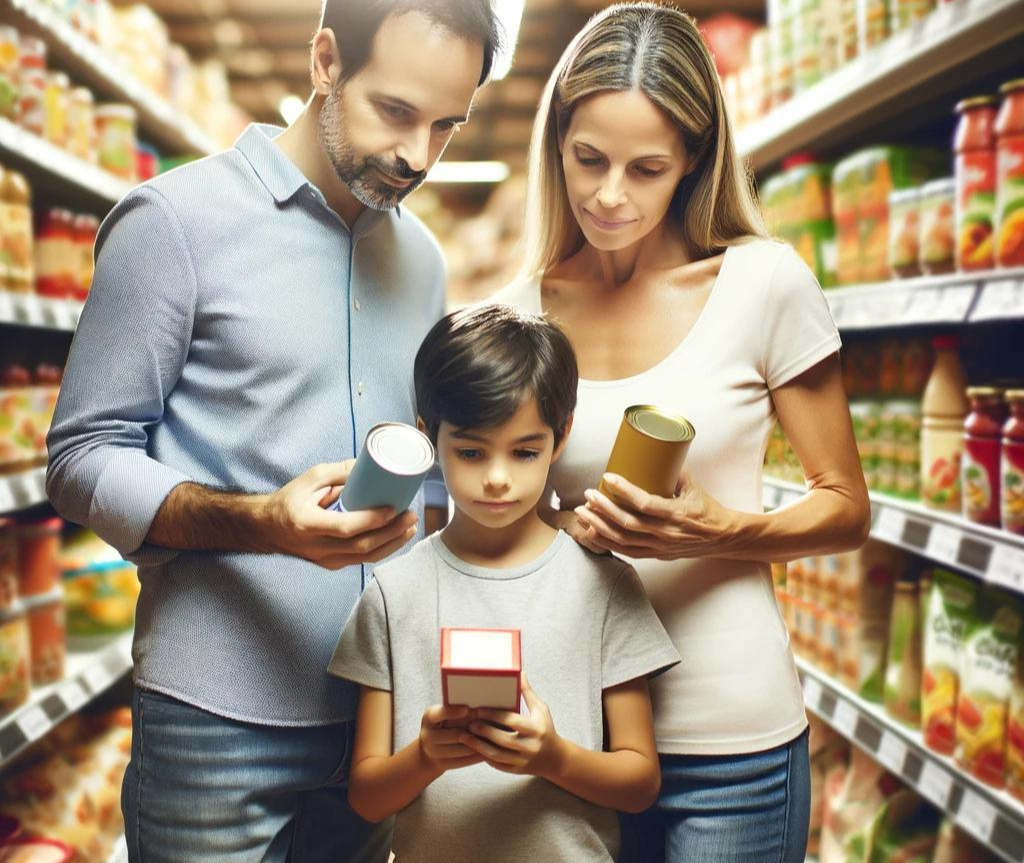You’ve seen them — those luminous cereals, bright blue drinks, and sweets so vivid they almost glow. They look fun, tempting, and harmless. But behind those colours often lies a hidden story about what’s really in our food.
Artificial food colourings are synthetic dyes — most of which are made from petroleum — used to make foods appear fresher, sweeter, or more appealing. They add visual appeal, not nutrition. And while they’ve become a regular part of the modern diet, more research is pointing to their potential risks.
What science is showing
These dyes have been linked to a range of concerns — from mild allergic reactions to hyperactivity in children, and even cancer in animal studies. The effects aren’t the same for everyone, but when you look closely, it’s hard to ignore the pattern.
The most concerning culprits
Blue 1
You’ll find Blue 1 in everything from sweets to sports drinks. Some studies in animals have linked it to cancer, though the evidence isn’t yet conclusive. Still, given the choice, many health experts suggest limiting it until more data is available.
Blue 2
Common in colourful treats and even pet food, Blue 2 has raised questions after studies connected it to brain tumours in male rats. Regulators still allow it — but scientists remain divided on its long-term safety.
Red 3
Known as erythrosine, Red 3 is used in cherries, snack cakes, and some dessert toppings. It’s been shown to cause thyroid tumours in rats, leading many countries to restrict its use. Yet, surprisingly, it still appears on ingredient labels.
Red 40
If a product is bright red, it is likely to contain Red 40. Despite being one of the most studied dyes, research on the topic is far from settled — especially regarding allergies and immune responses. For sensitive individuals, avoiding it can make a noticeable difference in their overall well-being.
Yellow 5 (Tartrazine)
A frequent ingredient in crisps, fizzy drinks, and even vitamins, Yellow five is known to trigger hives or hyperactivity in some children. Its potential contamination with carcinogenic residues adds another layer of concern.
Yellow 6 (Sunset Yellow)
Used widely across the food industry, Yellow 6 has been linked to tumours in animal tests. It may also contain trace carcinogens from the manufacturing process. Some European countries have already tightened safety limits — a notable signal.
Rethinking colour in your food
The truth is, real food already comes in nature’s own colours. Think of the deep red of a ripe tomato, the gold of turmeric, or the purple of blueberries. These natural pigments don’t just look beautiful — they often contain antioxidants that benefit your health.
So, if you’re choosing between a neon fruit drink and a fresh smoothie, the latter wins twice — for colour and nutrition.
How to make smarter choices
- Turn the box around. Scan for additives like E102 (Yellow 5) or E129 (Red 40).
- Pick real over fake. Choose foods coloured with beetroot, paprika, spirulina, or turmeric.
- Go simple. Whole, unprocessed foods rarely need extra colour.
Support transparency. Buy from brands that use clean, naturally derived ingredients.
The bottom line
Artificial food colouring might make products look cheerful — but it’s a short-lived illusion. Over time, those bright shades could dim your health rather than brighten your plate.
Making small swaps matters. Start with one item in your cupboard this week — maybe that orange fizzy drink or a bag of colourful sweets — and trade it for a naturally coloured version. You’ll be surprised how quickly your taste (and energy) adjusts.
Because the most beautiful colours in your food should come from nature — not a laboratory.



